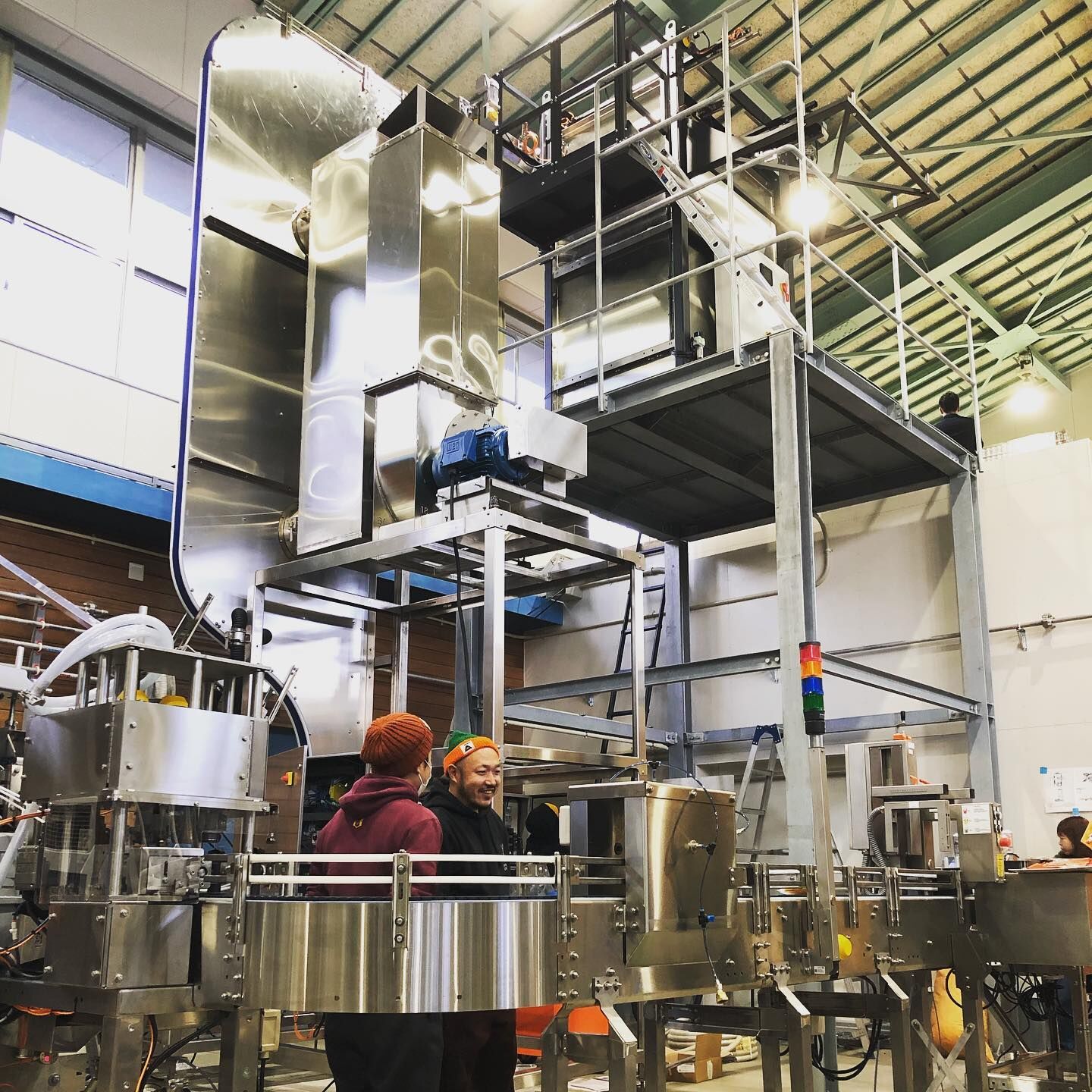Beer Making Stuff
Overview: What is Beer Making Stuff?
Beer making stuff encompasses all the equipment, tools, and ingredients required to brew beer at home or in small batches. This includes everything from brewing kettles and fermentation vessels to hops, malt, and yeast. Each piece of equipment has a specific role, ensuring the brewing process is seamless and the final product is delicious.
Key Items You Need:
- Brewing Kettle: The cornerstone of your setup where wort is boiled.
- Mash Tun: Used to steep grains and extract sugars.
- Fermenter: Where the magic of fermentation happens.
- Airlock: Prevents contamination while allowing gases to escape.
- Hydrometer: Measures sugar levels to track fermentation progress.
With the right tools, you’re well on your way to creating exceptional beer.

Troubleshooting Common Issues with Beer Fermenters
Even with the best equipment, fermenters can present challenges. Here’s how to troubleshoot common problems:
- Issue: Slow Fermentation
- Cause: Inactive yeast or incorrect temperature.
- Solution: Ensure proper yeast activation and maintain an ideal temperature (typically 68-72°F).
- Issue: Contaminated Beer
- Cause: Poor sanitation practices.
- Solution: Clean and sanitize all equipment before brewing.
- Issue: Excessive Foaming
- Cause: Overfilled fermenter or high fermentation temperatures.
- Solution: Leave enough headspace and control the temperature.
Understanding and addressing these issues keeps your brewing process stress-free and rewarding.
The Brewing Process: A Step-by-Step Overview
Step 1: Preparing Ingredients
Start with fresh ingredients—malted barley, hops, water, and yeast. The quality of these components directly affects your beer’s flavor and aroma.
Step 2: Mashing
In this step, crushed grains are soaked in hot water in the mash tun. The heat activates enzymes, breaking down starches into fermentable sugars. This process usually takes about an hour.
Step 3: Boiling
The liquid, now called wort, is transferred to the brewing kettle and boiled. Hops are added at different stages to impart bitterness, flavor, and aroma.
Step 4: Cooling
Rapidly cooling the wort with a wort chiller is essential to prevent contamination and prepare for fermentation.
Step 5: Fermentation
Yeast is added to the cooled wort, and the mixture is left to ferment in a fermenter. This is where alcohol and CO2 are produced.
Step 6: Conditioning and Packaging
After fermentation, the beer is conditioned to enhance flavor. Finally, it is bottled or kegged for consumption.
Comparison of Beer Making Equipment by Features
| Feature | Basic Kits | Intermediate Kits | Advanced Systems |
|---|---|---|---|
| Capacity | 1-2 gallons | 3-5 gallons | 5+ gallons |
| Space Needed | Small kitchen space | Dedicated brewing area | Large garage or basement setup |
| Ease of Use | Simple and manual | Semi-automated | Fully automated |
| Cost | $50-$150 | $200-$500 | $1,000+ |

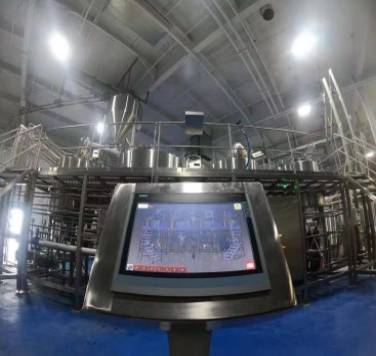
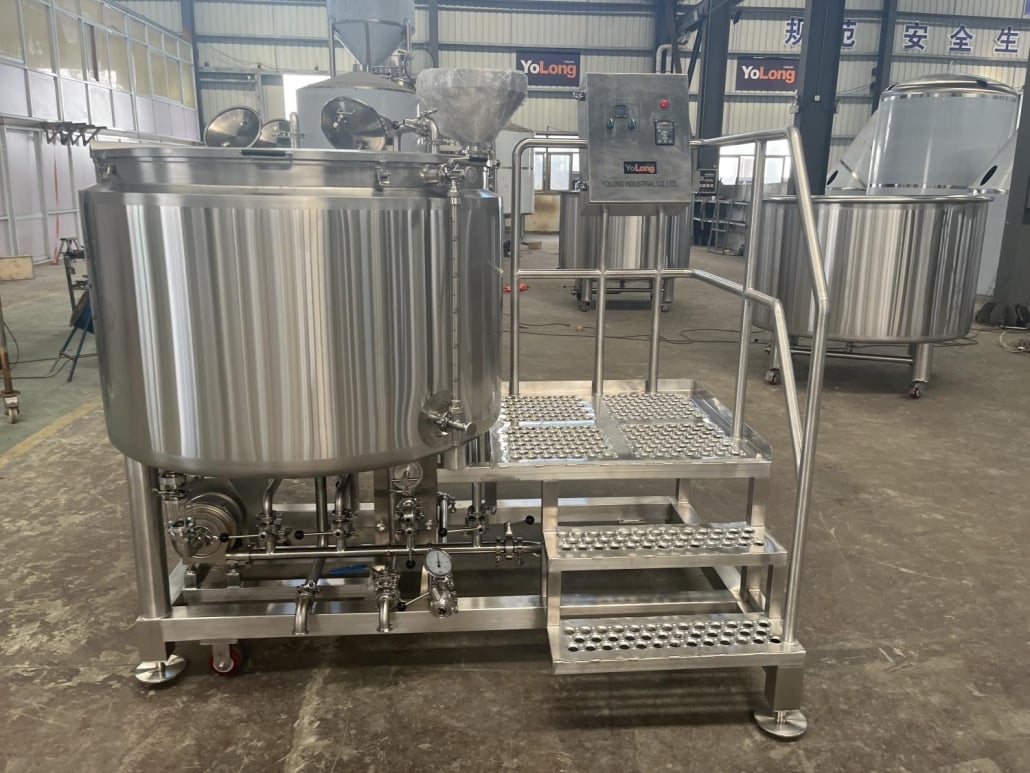
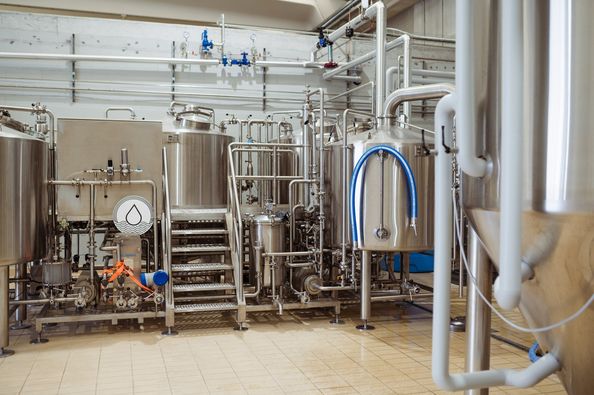
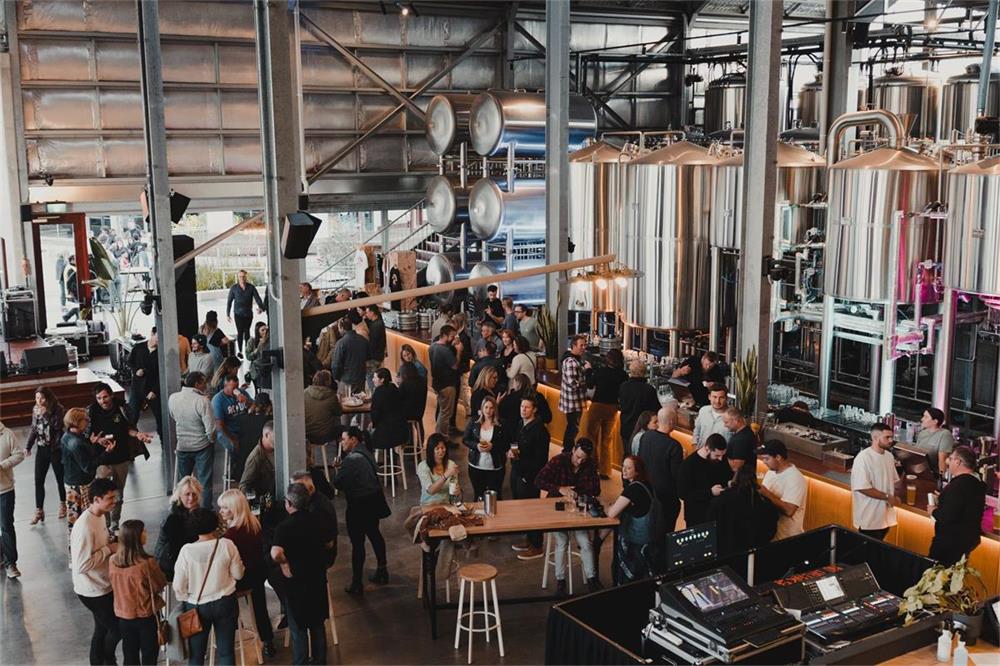
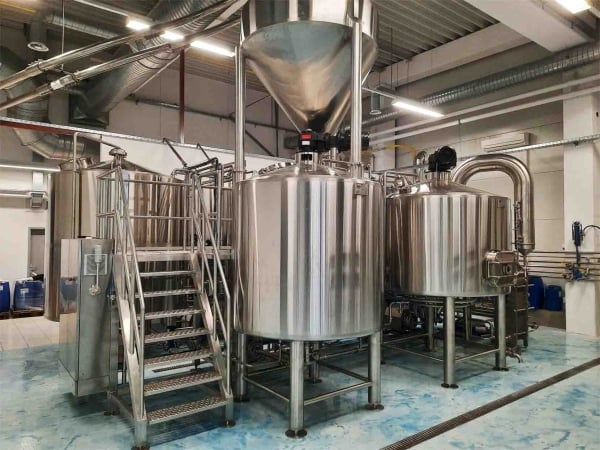
Top Suppliers and Price Range of Beer Making Stuff
| Supplier | Products Offered | Price Range |
|---|---|---|
| Northern Brewer | Complete brewing kits | $100-$1,500 |
| MoreBeer | Individual components | $20-$2,000 |
| Brewer’s Edge | Automated systems | $300-$3,000 |
Installation, Operation, and Maintenance of Beer Making Equipment
| Aspect | Details |
|---|---|
| Installation | Requires basic tools for assembly and a clean, level surface. |
| Operation | Follow manufacturer instructions; monitor temperature and timings closely. |
| Maintenance | Regular cleaning and sanitization; inspect components like seals and tubing for wear. |
How to Choose the Right Beer Making Stuff
Selecting the right equipment involves considering your brewing goals and available resources. Here’s how to decide:
- Skill Level: Beginners benefit from basic kits, while advanced brewers may prefer customizable setups.
- Budget: Start small if you’re testing the waters; invest in advanced systems for larger-scale brewing.
- Space: Ensure you have adequate room for brewing and storing equipment.
- Features: Look for automation, ease of cleaning, and scalability as key factors.
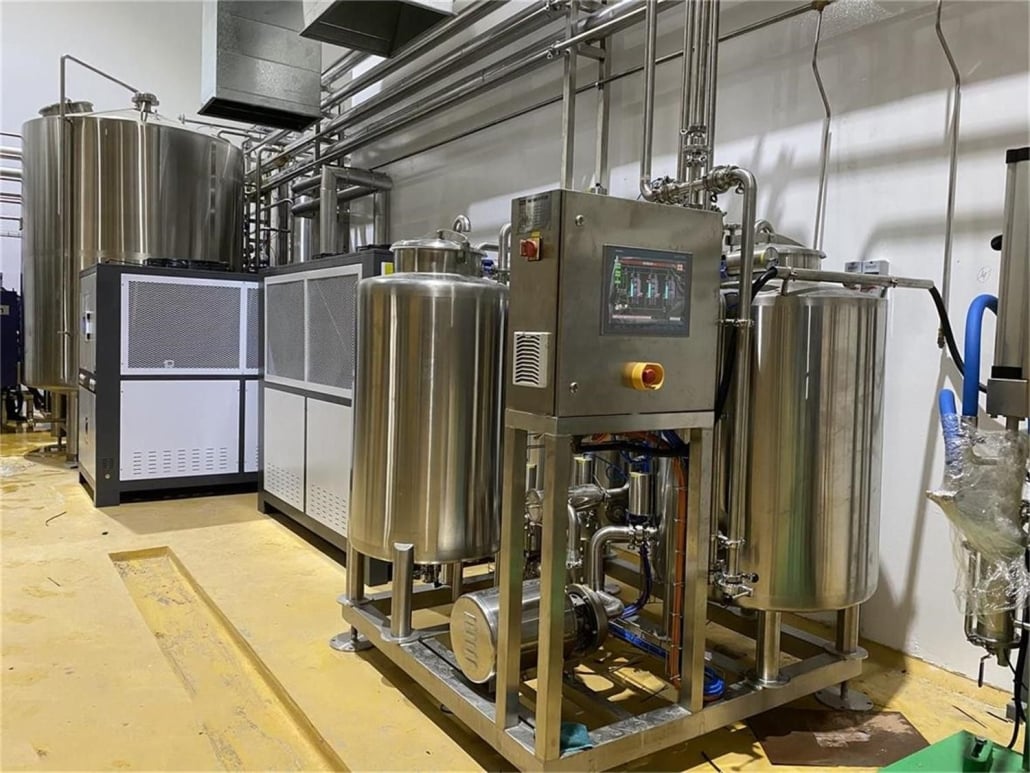
Advantages and Disadvantages of Beer Making Equipment
| Aspect | Advantages | Disadvantages |
|---|---|---|
| Convenience | Simplifies the brewing process | High upfront costs |
| Customization | Allows for creative recipes and adjustments | Requires regular cleaning and maintenance |
| Scalability | Can grow with your brewing ambitions | Takes up significant space in some cases |
| Quality Control | Ensures consistent results with practice | Learning curve for beginners |
FAQs
| Question | Answer |
|---|---|
| What is the best kit for beginners? | Starter kits with 1-2 gallon capacity are ideal. |
| How much does home brewing cost? | Basic setups start at $50, while advanced systems can cost over $1,000. |
| Can I reuse equipment? | Yes, with proper cleaning and maintenance, most equipment is reusable. |
| How long does it take to brew beer? | Brewing and fermentation typically take 2-6 weeks, depending on the beer style. |
| Is home brewing legal? | Home brewing is legal in many countries but check local regulations for specifics. |
Share this entry
Interested in learning more about Brewing Systems including additional details and pricing information? Please use the form below to contact us!
YOLONG BREWERY EQUIPMENT FAQS
- Commercial Brewery / Craft Brewery / Microbrewery / Nanobrewery
- What is The Difference Between Craft Beer and Industrial Beer?
- The Bespoke Differences In Custom Brewing Systems
- Everything You Need to Know About Kettle Souring
- How to Choose Brewing Equipment for Your business?
- How To Choose The-Best Partner To Build Your Commercial Microbrewing System?
- Two Detection Sensors That You Need To Use In Your Brewhouse System
- Remote Control Applications in Brewing Equipment/How does it work?
- How To Clean Your Brand New Brewery Tanks?

